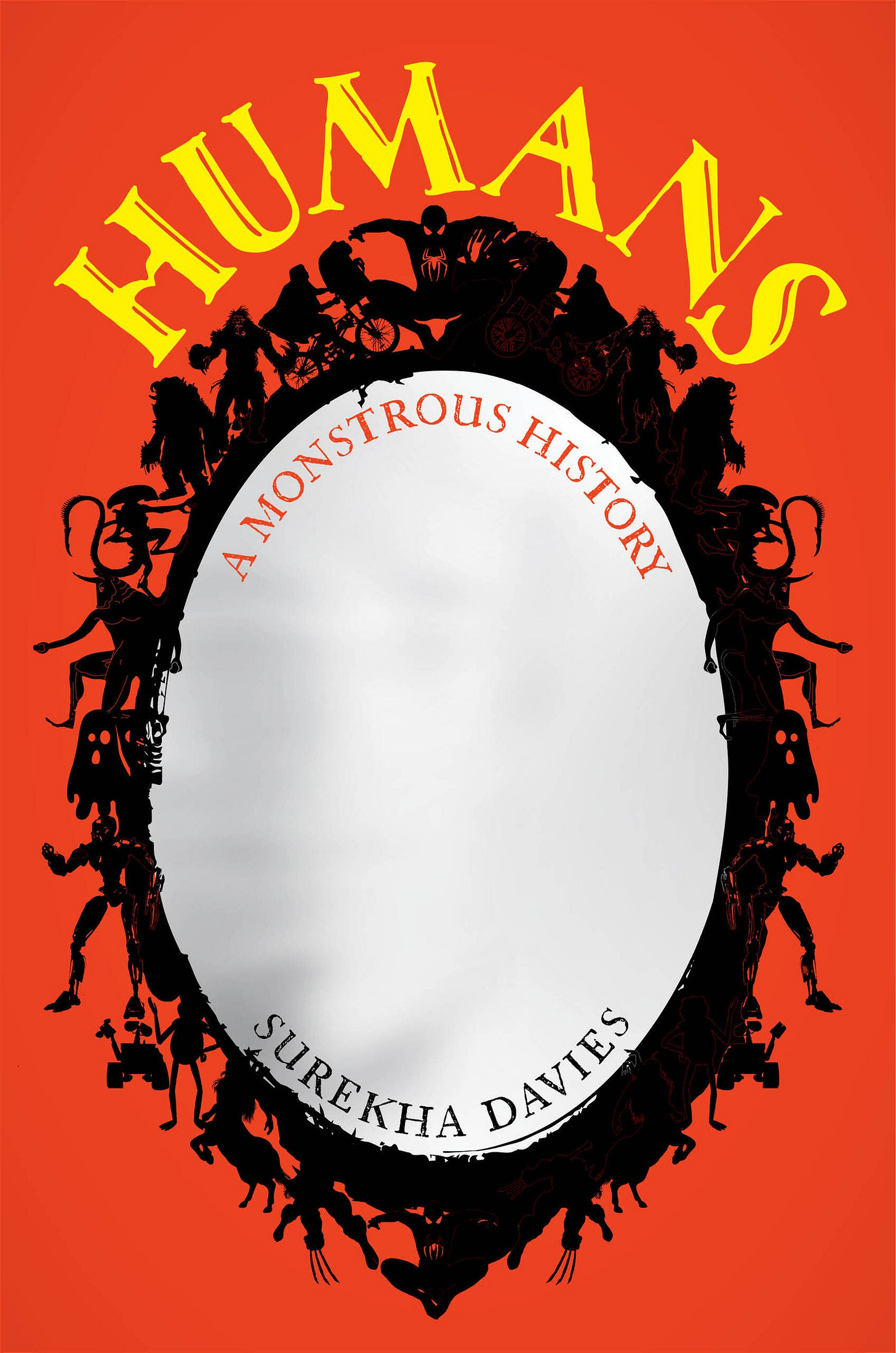Do you have a favorite monster story? For me, mine is actually quite personal when as a six-year-old boy in Breaux Bridge, Louisiana I saw Michael Jackson’s Thriller on MTV for the first time while staying at my aunt and uncle’s house and then jumping into bed with them out of terror. It is probably the first memory I have of seeing a real monster on screen.
And thinking back on my time in Acadiana brings me to another monster: the rougarou. Legend holds that the swamps of St. Martin Parish are host to the beast with the head of a wolf and the body of a man which prowls during full moons hunting down people who put potato salad into perfectly good gumbo. If this sounds like a Cajun werewolf, you’ve got the right idea.
And of course, Cajuns aren’t the only ones with this story. We all know of werewolves from other places. Here in Colorado we have Bigfoot sightings, which to me is weird because I had always associated them with the Pacific Northwest. But apparently they reside throughout the world, either in North America or in Asia, where those versions are known as Yetis.
I think one of the interesting things about studying history and people in general is that no matter how different people may initially seem to be, they almost always have some commonalities. And definitely one of the things people share across time and cultures are monsters. Monsters are fascinating to me not because of what they are but because what they can tell us about the societies that create them. How do we explain the sexuality of the vampire or the anxiety that comes with cyborgs?
Dr. Surekha Davies has thought about this for a long while and just released what I consider one of the coolest histories I’ve encountered: Humans: A Monstrous History. In creating monsters people have actually defined what it means to be human in relation to everything from apes to zombies, and how they invented race, gender, and nations along the way. And because HATM started off primarily talking about movies, this seemed the perfect opportunity to talk about the creatures that often find themselves manifest on the big screen.
But what to pick? There’s no shortage of films out there. And then naturally Surekha threw a curveball: Pixar’s Monsters, Inc. And as it turns out, this was the PERFECT film to talk about not only the creation of monsters in the human mind, but resource extraction, the innocence of childhood, and ultimately how we see ourselves. And just wait for her take on the biggest monster in the film. In the clip below, Surekha explains just why this film is so perfect:
I’ve been eagerly (and frankly, rather impatiently) waiting to share this episode with you. This conversation is so much fun and Surekha is just brilliant. I hope you enjoy it.
About our guest
Dr. Surekha Davies is a British author, speaker, and historian of science, art, and ideas. Her first book, Renaissance Ethnography and the Invention of the Human, won the Morris D. Forkosch Prize for the best first book in intellectual history from the Journal of the History of Ideas and the Roland H. Bainton Prize in History and Theology. She has written essays and reviews about the histories of biology, anthropology, and monsters in the Times Literary Supplement, Nature, Science, and Aeon.
Find her book
Find Humans: A Monstrous History
And without further ado, find our episode of Monsters, Inc. on Apple and Spotify below, or wherever you listen to your podcasts.
Alright, I hope that wasn’t too scary. If you dig the pod, remember to subscribe or maybe share it with a friend. It’s Thursday, and the weekend is right there. We got this, fam.
Jason Herbert Hebert
And hey, we’re running a special on paid subscriptions right now by cutting the rate by 50%. So if you want to help, you can do so each month for as little as a $5 pledge, or support my writing and content with $40 or $75 subscriptions. It’ll really help out and you can do so at the link below. Either way, I’m just glad you’re here.







What fun it was to record this; thanks for talking monsters with me!